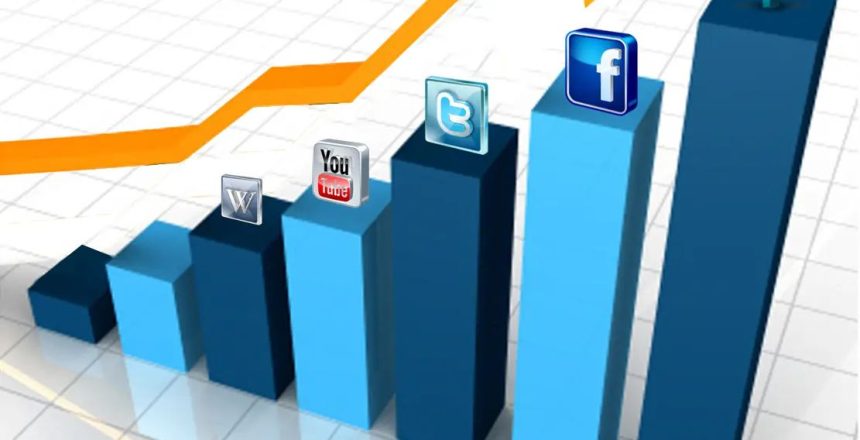There is no doubting the significance of social media to business owners. But, how much is social media really worth? What quantifiable return does it have on a business? Qualitative measures such as likes, followers, shares, retweets, etc. may not have a very direct link to the monetary results this mode of marketing has on a business.
Nearly half of all marketers are at a loss to explain how social media fulfills specific marketing objectives, a further 40% can only explain the qualitative impact of social media, and just 15% can quantify the benefits of social media marketing.
How do you measure social ROI?

Essentially, ROI is equal to the profits divided by the amount of investment that can be specifically attributed to that profit (ROI = (Return – Profit) / Investment). So, measuring ROI for social media comes down to being able to determine how much profits can be attributed to the money spent on a social media marketing campaign plus the cost of products or services sold.
Understandably, determining how much money has been made from social media marketing is not easy. Establishing how much money has been spent on social media marketing is much easier. A business owner knows how the social media marketers and other social media marketing staff cost over a given financial period, as well as the cost of creating the promotional content used in these campaigns. On the other hand, establishing how much profits have been made specifically because of social media marketing efforts is a little more complicated.
Social media parameters such as likes, shares, and the like do not have a very direct relationship to sales leads that social media exposure causes. So, the challenge lies in being able to attribute monetary value to various qualitative social media values so that a hard quantitative monetary figure representing the profits the social media marketing has caused can be established. This is where conversion measures and conversion ratio comes in.
Determine a conversion measure
The first step to determining how social media impacts financial returns is to settle on a conversion measure. For instance, a business user can use likes, page views, clicks on the link to dealer site, viewing of promotional video and so forth, as long as it can reasonably be attributed to a purchase decision. Once a parameter has been determined, the business owner can then proceed to determine what percentage of people in the chosen category end up making an actual purchase.
For instance, how many people click on “like” and then make a purchase, or how many view the promotional video and then end up making a purchase. Of course, the social media attribute chosen should account for a majority of purchase decisions. It is also possible to use several parameters to determine the conversion rate.
Calculate social media ROI
With the conversion rate established, it is now possible to determine how much money has been made specifically due to social media marketing. For instance, a business can tell that a Facebook ad resulted in $12,000 as sales after this percentage of likes resulted in a purchase. As noted previously, the amount invested in social media marketing is easy to determine, as it generally consists of things such as labor costs on social media manager, money spent creating a web video or other promotional content, the cost of products or services on sale, and so forth.

